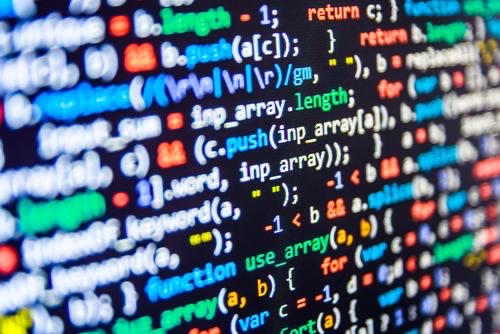Let’s understand deeper into the characteristics of the study of code. Code, which includes both source code and executable programs, possesses a set of crucial rhetorical traits and capacities necessary for its rhetorical analysisAnalyzing source code and executable programs’ language, organization, and readability is part of this process. Source code consists of legible operational commands, typically saved as text files with language-specific vocabulary and grammar. Today, most source code is in high-level languages, which are more comprehensible to humans than computers. To run high-level source code, it must be compiled into a lower-level language. Examples of high-level languages include C, Java, and Ruby. These often have characteristics that are closer to those of natural languages, such as English. To get a better understanding of the characteristics, Brocks book explains more in depth.
The second characteristic of code relates to its creation and application. This involves both meta-commentary and code-level comments. In code, developers often communicate through remarks or comments. It scrutinizes how developers use code to describe its purpose and function and to facilitate communication among themselves through comments and annotations. Comments clarify the purpose or function of specific code blocks as developers find them within code files and position them near relevant lines of code, distinct from code statements.
Understanding Meta commentary
A comment explaining the reasoning, design decisions, or overarching plan behind a particular code segment is a typical example of a meta-commentary in code. For example, in a piece of code optimizing an algorithm, a meta-commentary may give a summary of the optimization strategy being applied and the rationale behind it. It gives context for other developers working on the code and provides insight into the developer’s thought process.
The third characteristic of understanding code pertains to the social, cultural, and historical contexts that underpin its creation, distribution, and critique in both general and specific applications or technological settings. Understanding the broader settings and influences that encompass the creation, distribution, and critique of code, and comprehending its role in different applications and technological environments. Although these contexts are often related to code’s rhetorical characteristics, it’s crucial to distinguish them because they are subjects of extensive debate in both public and academic domains. In a past blog I talk about digital rhetoric and I find it interesting how Brock explains rhetoric through coding.



Leave a Reply